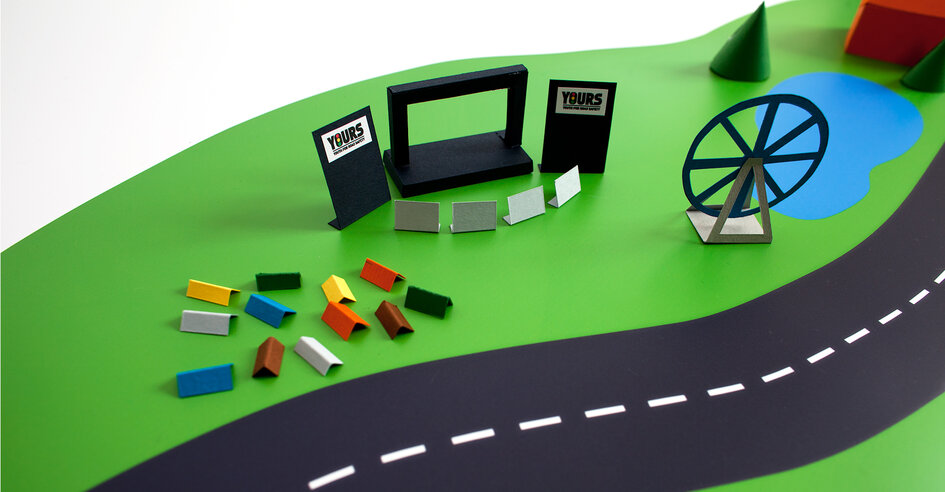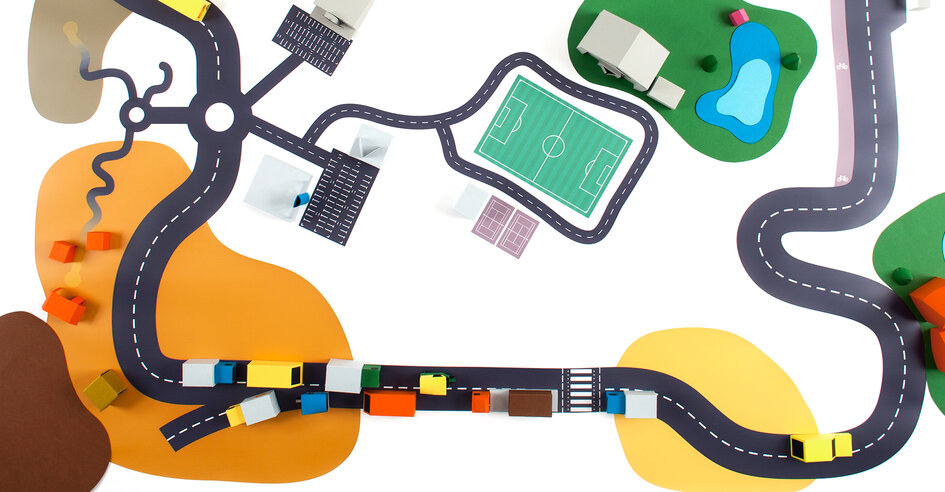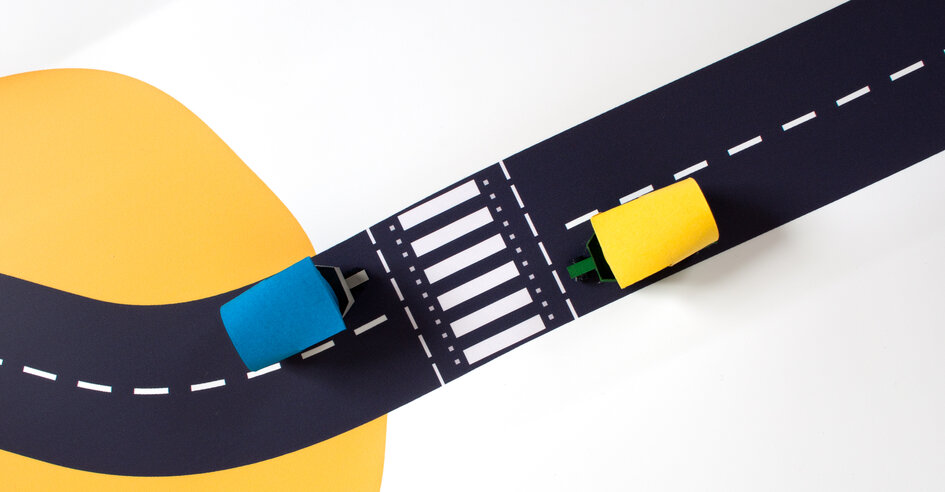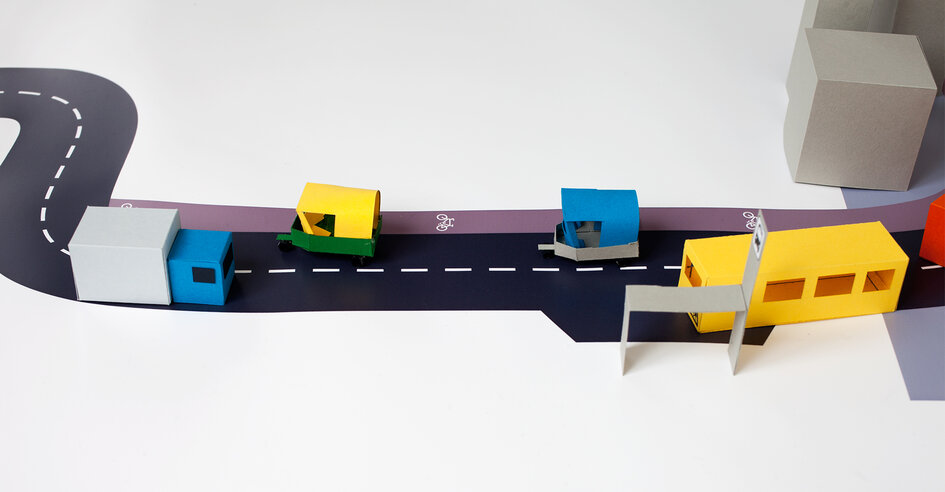
Kasi Road Safety – youth road safety action in South Africa!
We spoke with the KASI Team recently at the GRSP Africa Summit in Durban, South Africa. They told us all about their innovative youth based work in preventing road crashes, particularly int he townships of South Africa. Through a range of creative means, from exhibitions to school visits and beyond, the KASI team are a great example of youth taking action for road safety.

We spoke with the KASI Team recently at the GRSP Africa Summit in Durban, South Africa. They told us all about their innovative youth based work in preventing road crashes, particularly int he townships of South Africa. Through a range of creative means, from exhibitions to school visits and beyond, the KASI team are a great example of youth taking action for road safety.

The KASI Road Safey Team with South African Transport Minister.
Who is the KASI Road Safety team?
We are a team of entrepreneurs who recognized the lack of adherence to the laws regulating road usage in townships, (the term townships is used to refer to various kinds of settlements in different countries, particularly high populated and dense urban areas). Drivers conduct themselves differently when they enter the townships and as a result many road crashes take place. These crashes adversely affect government, businesses, families and has in essence turned our townships into “war zone”.
What does KASI Road Safety do?
Kasi Road Safety has and continues to cultivate progressive relationships with road users, related community organizations, media, government and the private sector in order to bring attention to the effects of Drink & Driving, Disregarding Traffic Laws, Car Spinning, Racing, Drifting & Speeding on public roads, Texting & Driving… amongst many traffic violations.

KASI Road Safety promoing the use of helmets on motorcycles.
Our public outreach platforms are created and are available for use by the private and public stakeholders we partner with.
- Reach out to Government, Media, Corporate and Community to beseech their support to prevent the immense waste of human life on our country’ roads as South Africa holds a questionable distinction of highest road crash fatalities in the world.
- Work as an ambassador group tocreate social will and help improve roadsafety in our communities and encourage compliance amongst youth towards traffic laws.
- Sensitize masses by raising awareness about road fatalities and their grave consequences in our communities.
- Develop cost effective road safety programs to increase knowledge, awareness and education amongst the South African road users regularly.
- Strive to change the negative attitude and behavior of road users particularly amongst the young people through our different programs.
- Promote positive attitude towards Law Enforcers and infuse sense of courtesy and concern among road users.
- Regularly monitor local and international road statistics and developments in order to effect improvements in our communities.
- Challenge young people driven by adrenaline to refrain from endangering their lives and that of other innocent roads users by getting involved in illegal motor sporting activities particularly “Spinning, Drifting & Drag Racing” on public roads.
- Edge and encourage all tavern owners to pledge their support by promoting Road Safety in their place of business through putting up posters etc.

KASI Road Safety #DrivingASaferLifestyle




















